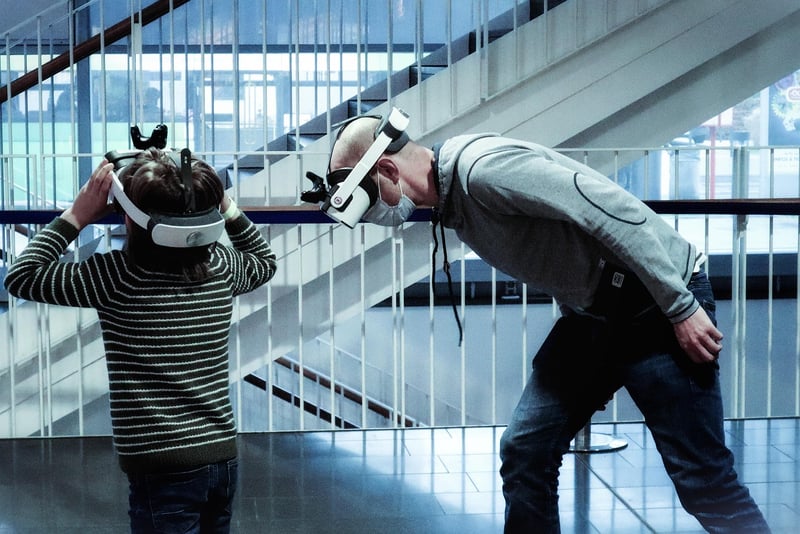Educational Institutions
Immersive Environments in Educational Institutions
Immersive environments are revolutionizing the way educational institutions engage students and enhance learning experiences. By incorporating cutting-edge technologies such as virtual reality (VR) and augmented reality (AR), these institutions are creating dynamic and interactive spaces that captivate learners of all ages.
The Benefits of Immersive Environments in Education
1. Enhanced Learning: Immersive environments provide a hands-on approach to learning, allowing students to interact with the subject matter in a more profound and memorable way.
2. Increased Engagement: By immersing students in realistic scenarios, educational institutions can boost engagement levels and foster a deeper understanding of complex concepts.
3. Personalized Learning: Immersive environments can be tailored to meet the individual needs of students, allowing for personalized learning experiences that cater to different learning styles.
4. Skill Development: Students can develop critical thinking, problem-solving, and collaboration skills through interactive experiences in immersive environments.
Examples of Immersive Environments in Education
1. Virtual Field Trips: Students can explore historical landmarks, scientific phenomena, and cultural sites through virtual reality simulations, providing a rich and engaging learning experience.
2. Simulation Labs: Medical schools and other institutions use simulation labs with augmented reality to train students in realistic medical scenarios, enhancing their practical skills and decision-making abilities.
3. Language Learning: Immersive environments are used to create virtual language immersion experiences, allowing students to practice speaking and listening in a simulated environment.
How to Incorporate Immersive Environments in Your Institution
1. Invest in Technology: Acquire VR headsets, AR devices, and interactive software to create immersive experiences for students.
2. Collaborate with Experts: Work with technology experts and educators to design immersive environments that align with your curriculum goals.
3. Train Faculty and Staff: Provide training sessions to equip teachers and staff with the necessary skills to integrate immersive technologies into their teaching practices.

Immersive environments have the power to transform traditional education and create innovative learning experiences that inspire students and prepare them for the future. By embracing these technologies, educational institutions can stay ahead of the curve and provide students with the tools they need to succeed in a rapidly evolving world.
Are you ready to immerse your students in a new world of learning?
Learn more about immersive environments and their impact on education here.
